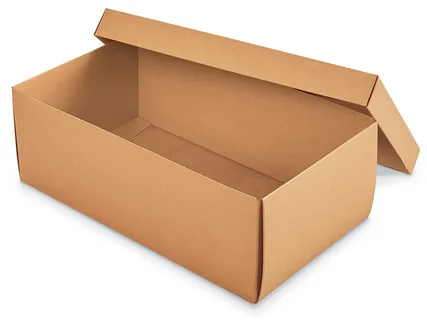When it comes to storing or shipping shoes, understanding shoe box dimensions is essential. Whether you’re in retail, organizing your closet, or creating custom packaging, knowing the size of a shoe box can make a big difference. From how long is a shoe box to how tall it typically stands, this guide will break down average shoe box dimensions and explain what affects their size.
Why Shoe Box Size Matters
The size of a shoe box isn’t just about fitting a pair of shoes—it’s about ensuring protection, presentation, and even space efficiency. If you run a shoe business or ship footwear, knowing the right shoe box size helps with inventory management and reduces shipping costs. For customers, standardized sizing makes storage simpler and neater. It also plays a role in sustainability since choosing the right box cuts down on excess material.
Average Shoe Box Dimensions
When someone asks, “how big is a shoe box in inches?” the answer depends on the type of footwear. However, an average adult shoe box typically measures around:
- 13 inches in length
- 8 inches in width
- 5 inches in height
These numbers can slightly vary by brand, shoe style, or region. For example, men’s shoe boxes tend to be a bit longer and wider than women’s. Children’s shoe boxes, on the other hand, are noticeably smaller, usually measuring about 7 by 5 by 3 inches.
How Long Is a Shoe Box?
On average, the length of a standard adult shoe box is about 13 inches. However, high-end sneakers, boots, or oversized shoes might come in boxes that are 14 to 15 inches long. The question “how long is a shoe box” is one of the most common because length often determines whether the box will fit on a shelf or inside a shipping container. For shoe brands, this also impacts how many boxes can be stacked or stored efficiently.
How Tall Is a Shoe Box?
The height of a shoe box—also known as its depth—varies depending on the shoe’s design. A regular pair of sneakers might come in a box that is about 4 to 5 inches tall. High heels or boots might need 6 to 7 inches or more. Some luxury packaging even includes inserts or extra padding, adding height to ensure safety and visual appeal.
So if you’re wondering “how tall is a shoe box,” the answer largely depends on the footwear type. But as a general rule, most standard boxes fall within the 4–5-inch range.
Factors That Influence Shoe Box Size
While there are average shoe box dimensions, several factors can cause variations:
- Shoe type: Boots, heels, or sneakers all require different box sizes.
- Brand preferences: Some brands use custom boxes with unique inserts or shapes.
- Material thickness: Thicker cardboard or padding can slightly change the overall size.
- Presentation: Premium shoes often come in larger boxes with extra space for branding or accessories.
Why Knowing Shoe Box Dimensions Is Useful
Understanding the dimensions of a shoe box can help in multiple scenarios:
- Retail display planning: Retailers use this data to design shelving and display units.
- Storage organization: For people organizing closets or storage units, size matters.
- Shipping efficiency: Correct box sizes mean reduced shipping costs and fewer damaged items.
- Custom packaging creation: If you’re designing custom packaging boxes, average dimensions offer a useful starting point.
How to Measure a Shoe Box
If you need to measure a box yourself, just grab a ruler or measuring tape and note the following:
- Length: From the front to the back of the box.
- Width: From side to side.
- Height: From the base to the top of the lid.
Make sure to measure inside the box if you’re trying to determine interior storage space, especially when fitting additional items like tissue, inserts, or product tags.
Final Thoughts
So, how big is a shoe box in inches? While it varies, the average adult box hovers around 13 x 8 x 5 inches. Knowing how long a shoe box is or how tall it needs to be helps in everything from shipping and retail planning to designing storage solutions.
Understanding shoe box dimensions allows for better decision-making, whether you’re a consumer, a business owner, or simply someone organizing your space. By having this information on hand, you’re better equipped to store, ship, or customize packaging with confidence.




























